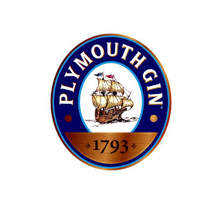

Gin is a flavored spirit, obtained by redistilling a high-proof spirit primarily in the presence of juniper berries and other flavoring agents. There is no single way that gin must be produced and a variety of styles exist depending on distillation techniques, botanical recipes and maturation processes. Origin: The first gin was created around 1650 in Holland by Dr. Franciscus Sylvius with the intention of creating an inexpensive medicinal oil. By redistilling a pure alcohol with juniper berries Sylvius believed he could capture the therapeutic properties of the berry. The medicine was called Genievre from the French name for the juniper berry, which was shortened and anglicized to “gin.” Within a few years, Dr. Sylvius’ Genievre was relieving bladder and kidney ailments. Common ingredients in gin include: coriander, angelica, rosemary, sage, quinine, grapefruit, ginger, and chamomile.
SPIRIT STYLES

LONDON DRY
It was originally produced in and around London, but can now be crafted anywhere in the world. Production requires that the alcohol be redistilled in the presence of juniper berry and other natural botanicals. No other flavorings can be added post-redistillation. The style is light, dry, and crisp with a predominant juniper berry profile. Ideal for martinis and other cocktails, plus the classic gin & tonic.




PLYMOUTH GIN
Plymouth is London Dry style that can only be produced on the English port of Plymouth. Dating back to 1793, the Plymouth style has a full-bodied texture that is slightly fruity with a very aromatic juniper berry profile.



OUR SOCIAL LINKS